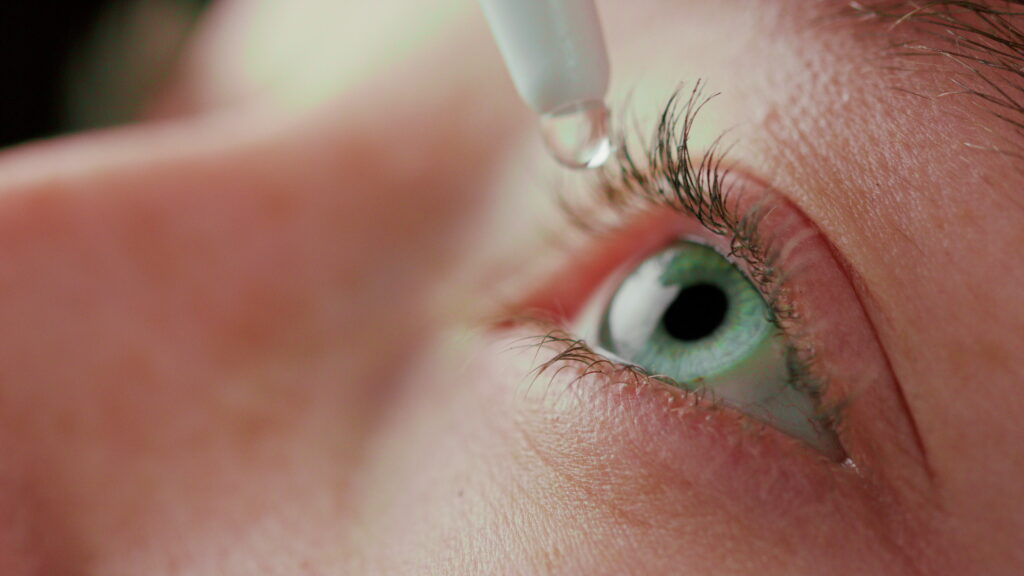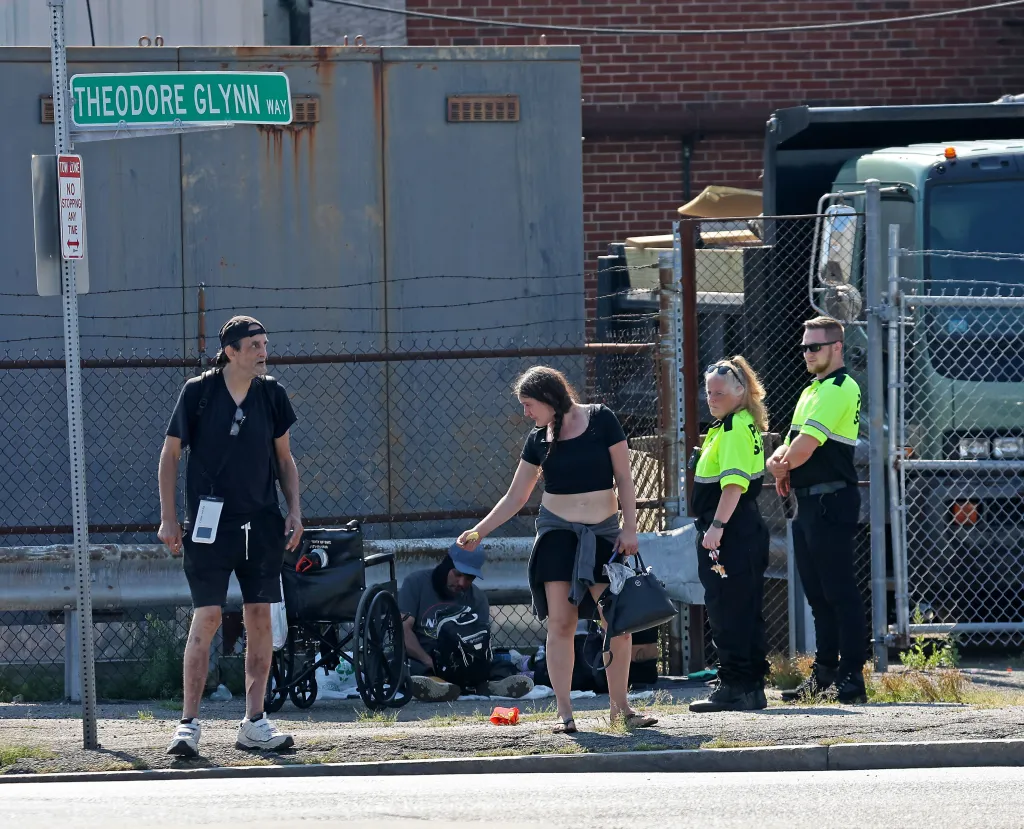Copyright STAT

A month’s supply of Miebo, Bausch & Lomb’s prescription dry eye drug, costs $800 or more in the U.S. before insurance. But the same drug — sold as EvoTears — has been available over-the-counter (OTC) in Europe since 2015 for about $20. I ordered it online from an overseas pharmacy for $32 including shipping, and it was delivered in a week. This is, of course, both shocking and unsurprising. A 2021 RAND study found U.S. prescription drug prices are, on average, more than 2.5 times higher than in 32 other developed nations. Miebo exemplifies how some pharmaceutical companies exploit regulatory loopholes and patent protections, prioritizing profits over patients, eroding trust in health care. But there is a way to fix this loophole. Advertisement In December 2019, Bausch & Lomb, formerly a division of Valeant, acquired the exclusive license for the commercialization and development in the United States and Canada for NOV03, now called Miebo in the U.S. Rather than getting an approval for an OTC drug, like it is in Europe, Bausch secured U.S. Food and Drug Administration approval as a prescription medication, subsequently pricing it at a high level. Currently, according to GoodRx, a monthly supply of Miebo will cost $830.27 at Walgreens, and it’s listed at $818.38 on Amazon Pharmacy. The strategy has paid off: Miebo’s 2024 sales — its first full year — hit $172 million, surpassing the company’s projections of $95 million. The company now forecasts sales to exceed $500 million annually. At European prices, those sales would be less than $20 million. Emboldened with Miebo’s early success, Bausch & Lomb raised the price another 4% in 2025, according to the drug price tracking firm 46brooklyn. Bausch & Lomb has a track record of prioritizing profits over patients. As Valeant, its business model was simple: buy, gut, gouge, repeat. In 2015, it raised prices for Nitropress and Isuprel by over 200% and 500%, respectively, triggering a 2016 congressional hearing. Despite promises of reform, little has changed. When he was at Allergan, Bausch & Lomb’s current CEO, Brent Saunders, pledged “responsible pricing” but tried to extend patent protection for Allergan’s drug Restasis (another dry eye drug) through a dubious deal with the Mohawk Indian tribe, later rejected by courts. Advertisement Now at Bausch & Lomb, Saunders oversaw Miebo’s launch, claiming earlier this year in an investor call, “We are once again an innovation company.” But finding a way to get an existing European OTC drug to be a prescription drug in the U.S. with a new name and a 40-fold price increase is not true innovation — it’s a price-gouging strategy. Bausch & Lomb could have pursued OTC approval in the U.S., leveraging its expertise in OTC eye drops and lotions. However, I could not find in transcripts or presentations any evidence that Baush & Lomb seriously pursued this. Prescription status, however, ensures much higher prices, protected by patents and limited competition. Even insured patients feel the ripple effects: Coupons may reduce out-of-pocket costs, but insurers pay hundreds per prescription, driving up premiums and the overall cost of health care for everyone. In response to questions from STAT about why Miebo is an expensive prescription drug, a representative said in a statement, “The FDA determined that MIEBO acts at the cellular and molecular level of the eye, which meant it had to go through the same rigorous process as any new pharmaceutical — a full New Drug Application. Unlike in Europe, where all medical device eye drops are prescription-free and cleared through a highly predictable and fast pathway, we were required to design, enroll and complete extensive clinical trials involving thousands of patients, and provide detailed safety and efficacy data submissions. Those studies took years and significant investment, but they ensure that MIEBO meets the highest regulatory standards for safety and effectiveness.” Bausch & Lomb’s carefully worded response expertly sidesteps the real issue. The FDA’s test for OTC status isn’t a drug’s mechanism of action — it’s whether patients can use it safely without a doctor. Miebo’s track record as an OTC product in Europe for nearly a decade shows it meets that standard. Bausch & Lomb provides no evidence, or even assertion, that it ever tried for OTC approval in the U.S. Instead, it pursued the prescription route — not because of regulatory necessity, but as a business strategy to secure patents and command an $800 price. In doing so, B&L is weaponizing a regulatory loophole against American patients, prioritizing profit over access, and leaving their “significant investment” as the cost of monopoly, not medical necessity. Advertisement Even if you accept Bausch & Lomb’s self-serving rationale, the answer is not to allow the loophole to persist, but to close it. The FDA could require any drug approved as OTC internationally be considered for OTC status in the United States before greenlighting it as a prescription product — and mandate retroactive review of cases like Miebo. The FDA’s OTC monograph process, which assesses the safety and efficacy of nonprescription drugs, makes this feasible, though it may need to be adjusted slightly. Those changes might involve incorporating a mechanism to make sure that overseas OTC status triggers a review of U.S. prescription drugs containing the same active ingredients or formulations for potential OTC designation; developing criteria to assess equivalency in safety and efficacy standards between U.S. OTC requirements and those of other countries; and establishing a retroactive review pathway within the monograph process to handle existing prescription drugs already marketed OTC internationally. EvoTears thrives abroad without safety concerns, countering industry claims of stricter U.S. standards. This reform would deter companies from repackaging OTC drugs as high-cost prescriptions, fostering competition and lowering prices. While this tactic isn’t widespread, it joins loopholes like late-listed patents, picket fence patents, or pay-for-delay generic deals that undermine trust in an industry whose employees largely aim to save lives. Miebo also shows how global reference pricing could save billions. Aligning with European prices could cut consumer costs while reducing doctor visits, pharmacy time, and administrative burdens. For patients who skip doses to afford groceries, lower prices would mean better access and health. Reforms like the 2022 Inflation Reduction Act’s Medicare price negotiations set a precedent, but targeted rules are urgently needed. Unexplained differences in drug prices between the U.S. and other wealthy countries erode the public’s trust in health care. Companies like Bausch & Lomb exploit systemic gaps, leaving patients and payers to foot exorbitant bills. An OTC evaluation rule, with retroactive reviews, is a practical first step, signaling that patient access takes precedence over corporate greed. Advertisement Let’s end the price-gouging practices of outliers and build a health care system that puts patients first. Just as targeting criminal outliers fosters a law-abiding society, holding bad pharmaceutical actors accountable is crucial for restoring trust and integrity to our health care system. While broader approaches to making health care more fair, accessible, and affordable are needed, sometimes the way to save billions is to start by saving hundreds of millions.



